The Druid, harmonious with the healing and destructive powers of nature, is a powerful member of any party. That is because their subclasses, or Circles, pull them in many different directions—from melee damage dealer to support caster and everything in between. If you want your Druid build to make waves in Dungeons & Dragons 5E, it’s important to know what each Circle does for your build.
Druid Circles are the Druid’s subclass feature, accessible at level two. They gain additional abilities at levels two, six, 10, and 14. Many Circles offer different ways to use Wild Shape charges, from improving what animal form you can go into to summoning additional creatures with them.
All playable Druid Circles in DND 5E
Currently, there are seven official Druid Circles available to pick from in DnD 5E. While all of them are viable and can be played on a table, some will allow you to unlock the Druid’s hidden potential as a damage dealer, spellcaster, or supportive form.
Speaking strictly, all Druid Circles are impactful. They all can serve a big purpose in a party and none of them are completely useless—unlike 5E‘s Berserker. However, some aid the Druid’s base kit in ways that others ignore.
7. Circle of Dreams
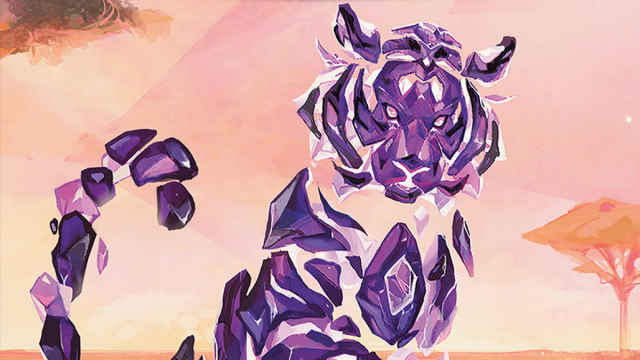
I’m feeling sleepy just looking at this archetype.
- Role: Healer, out-of-combat support
- Notable Features: Balm of the Summer Court
The Circle of Dreams is a sad archetype, as it flits back and forth between legitimately powerful abilities and soul-crushingly bad ones.
The first and most powerful aspect of the Circle of Dreams is its access to a pool of healing dice. Healing as a bonus action in DnD 5E is powerful. It picks your ally off the ground, gives them another hit to survive, and lets you take your action at your leisure. This ability also offers an incentive for dumping a lot of dice into a single target, due to it granting the target temporary HP.
However, that’s where the Circle of Dreams stops, and kind of crashes. Its level six ability offers a safe respite for resting, which is very nice but not necessarily impactful. Sure, it can keep your DM from pouncing, but so can basic spell options like Leomund’s Tiny Hut.
Then, at level 10, you get the ability to teleport yourself or allies as a bonus action a few times per day. This is another somewhat impactful ability. Misty Step is one of the best spells in the game, and you get your Wisdom modifier in free casts. Those casts can also be used to zip allies along, getting them away from deadly grapples or other restrictions.
Back to level 14, where the Circle gets some utility with messaging allies from long distances or teleporting to extremely specific places.
Overall, it’s just too back-and-forth with strong and weak abilities to be a truly cohesive archetype. Still potent, but not nearly as much as its brethren.
6. Circle of the Land
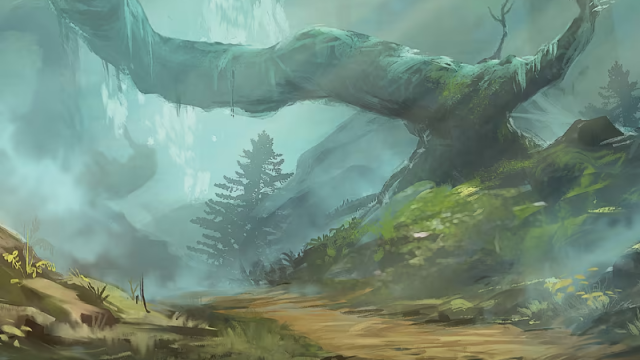
Call upon the powers of the elements and completely ignore Wild Shape.
- Role: Support caster, damage caster
- Notable Features: Natural Recovery, Circle Spells
The Circle of the Land is the archetypal caster Druid, which forgoes access to stronger Wild Shape options for some spellcasting capabilities.
The ability to recover spell slots is something that Wizards and Warlocks usually horde for themselves. Druids can run through high-level spells quickly, so having access to more through short rests is strong.
And those spells aren’t only from the Druid’s rather strange list. By selecting a land, you can become a damage dealer with options like Mountain’s Lightning Bolt, or control the battlefield with Arctic’s Hold Person and Slow spells.
The main problem with Land comes from two directions. Firstly, the lands themselves fail to have a major theme. While they often follow elements of their lands, there is no distinct “damage dealer” or “support” choice. They all intermesh and it can be difficult to choose ones that fit a specific role your party requires.
The second issue is its level six, 10, and 14 abilities. To compensate for the stronger spellcasting, the rest of the archetype is very bland. Middling protection and defense against some natural-born creatures isn’t exactly mind-blowing.
That being said, if you want to be a pure spellcaster, you’ve come to the right Circle. If you want to flex some of what makes Druid so unique, then maybe keep shopping around.
5. Circle of Wildfire
What a good, on-fire boy.
- Role: Damage caster, support caster
- Notable Features: Summon Wildfire Spirit, Enhanced Bond
Our first archetype to make use of Wild Shape charges, the Circle of Wildfire can choose to summon a spirit of fire instead of becoming an animal. This spirit of fire does damage upon entering the fight, has a ranged attack, and can teleport itself and its allies out of danger.
The spirit does not become significantly more durable as you level, instead gaining additional utility abilities and five HP. At level six, you add a d8 to healing and damage rolls of your spells. At level 10, you can make healing or damaging landmines out of the corpses of fallen enemies. Then, at level 14, you can sacrifice your spirit to heal yourself from the brink of death.
While the Circle of Wildfire offers a legitimately strong damage option in Enhanced Bond and also has an expanded spell list of promising fire spells, resurrection options, and even healing, the Wildfire Spirit itself becomes problematically underwhelming.
Wild Shape options gain dramatically more health as you level. This little fella will never have more than 105 health, it never does more than 1d6+6 damage, and will never have more than 13 AC. Not exactly a heavy hitter, and not exceptionally tanky. That means you may have to bring it back to life multiple times per fight, which can strain your resources.
Still, this is a great way to replace Wild Shape with a summoned ally that buffs your damage and healing. If it was just a bit more durable, we could see this going farther up the list.
4. Circle of Spores
Decay is just as important to nature as life.
- Role: Tank, melee damage
- Notable Features: Halo of Spores, Symbiotic Entity
The Circle of Spores is surrounded by deadly spores that harm nearby enemies.
Spores Druids prefer to keep a weapon in their hands whenever they Wild Shape. They can spend a charge of Wild Shape to awaken their necrotic spores, giving them an over shield of temporary health and letting you deal additional damage with melee weapons.
As you advance in level, these spores become more powerful, letting you send them out as a bonus action to hamper enemies. In addition, being near humanoids or beasts that die can let you resurrect spore-covered zombies that obey your command for an hour. Then, at level 14, you become immune to a ton of conditions—and can no longer be critically hit, as long as you’re in control of your body. All of this without mentioning that their spell list includes great options like Animate Dead and Cloudkill.
The Circle of Spores shows how worried Wizards of the Coast is to give Druids a very viable non-animal build. While this Circle can deal legitimate damage, it’s a bit hampered by a lack of Extra Attack and the relatively low damage of their spores—which can be negated by a Constitution save.
Still, put a Shillelagh’d Club in their hand or bump up their Dexterity with a Scimitar and you have a really good Druid frontline. Just be sure to spend those Wild Shapes wisely, since they don’t last as long as Wild Shape proper.
3. Circle of the Shepherd
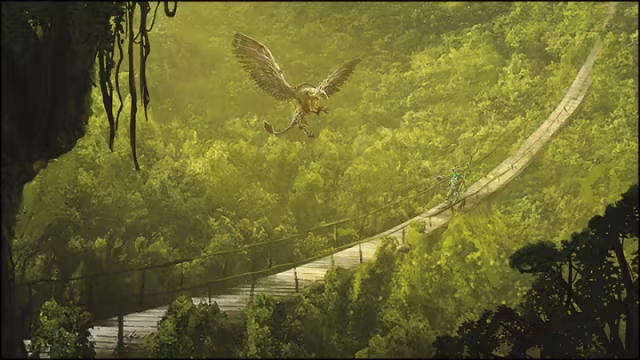
Follow me, little lambs, and we will crush that army of demons.
- Role: Summoner, support caster
- Notable Features: Spirit Totem, Mighty Summoner
One of the strongest summoning-focused archetypes in the game, the Circle of the Shepherd offers more than just spitting out allies for the slaughter. By utilizing a Spirit Totem, the Shepherd offers their party either a huge pool of temporary hitpoints, advantage on attacks, or a way to find creatures while spreading healing.
However, you truly come online at level six, where all beasts and fey that you summon gain two health per level. It’s like you gave all of your summons four extra Constitution. In addition, they have natural weapons, letting them pierce right through pesky resistances.
As you become stronger, your Spirit Totem heals your summons for up to 10 health per level. And, at level 14, if you get incapacitated, a pile of beasts appears out of nowhere to protect you. They’re at minimum as strong as a Saber-Toothed Tiger, which is a massive threat for even high-level creatures.
The only negative aspect of the Shepherd Druid is a lack of ways to improve their Wild Shape or spend Wild Shape charges. That keeps it out of the running for the best of the best.
2. Circle of Stars
By the moonlit sky, let us advance.
- Role: Damage caster, support caster
- Notable Features: Star Map, Starry Form
The Circle of Stars does quite a lot for a Druid, and it has become perhaps the most obvious option for a Druid who wants to do more than just Wild Shape.
To begin, it learns Guidance, and Guiding Bolt, and can cast the bolt a few times per day for free. Really strong benefits early on that scale just fine into midgame.
However, you’re here for Starry Form. This ability takes on a combat, healing, and Concentration-based form depending on your needs. This spends your Wild Shape charge, but gives you either good damage, great healing when combined with Healing Word, or next to guaranteed Concentration checks and high rolls on Intelligence or Wisdom checks.
As you level up, you gain the ability to buff allies or debuff enemies like a Lore Bard and gain resistance to physical damage while in your Starry Form.
This Druid is far from the most durable but offers a very unique take on a caster Druid that we prefer to make a Wizard with weird utility.
1. Circle of the Moon
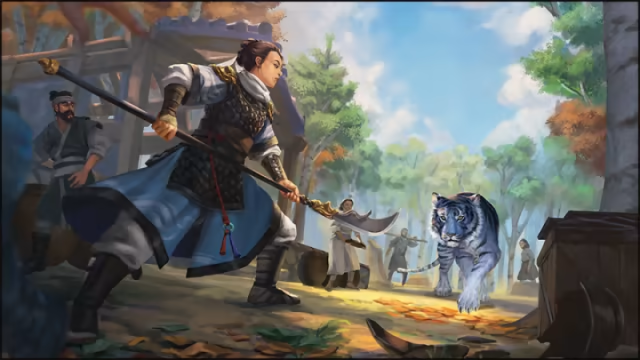
Become as wild as the animals you swore to protect.
- Role: Melee damage, melee tank
- Notable Features: Combat Wild Shape, Circle Forms
The Circle of the Moon is one of the original Player’s Handbook characters and it showcases how insane Wild Shape can truly be. As a bonus action, at level two, a Circle of the Moon druid gets 34 temporary hitpoints, a Multiattack for a total of 19 damage, and advantage on smell-based perception checks. And that’s only in a single Wild Shape form. They have dozens of options.
As the Moon Druid levels, they gain access to many, many more Wild Shape forms, ranging from Giant Vultures to Mammoths. They can eventually swap to elemental forms, further improving their range of abilities, speed types, and even area-of-effect capabilities.
The downside of using Wild Shape like this is a lack of spellcasting. But even that isn’t off the table. By casting a concentration-based spell like Call Lightning before assuming Wild Shape, the Druid can continue using Call Lightning while changed. That means that, as a bonus action, these druids can maintain powerful concentration effects while mauling people.
While the potency of the Moon Druid slows down in the endgame, it remains a powerful tank that can, as a bonus action, gain hundreds of health to help soak big hits. Even the Barbarian can’t say they can do that much to improve their health as a bonus.


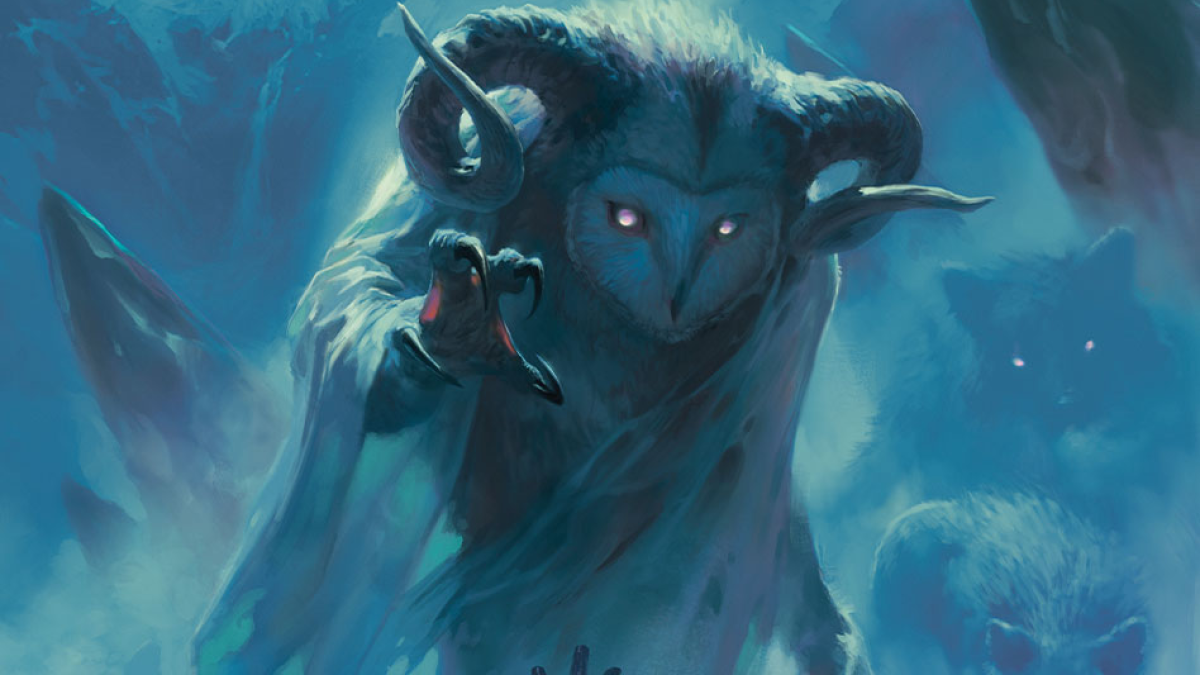

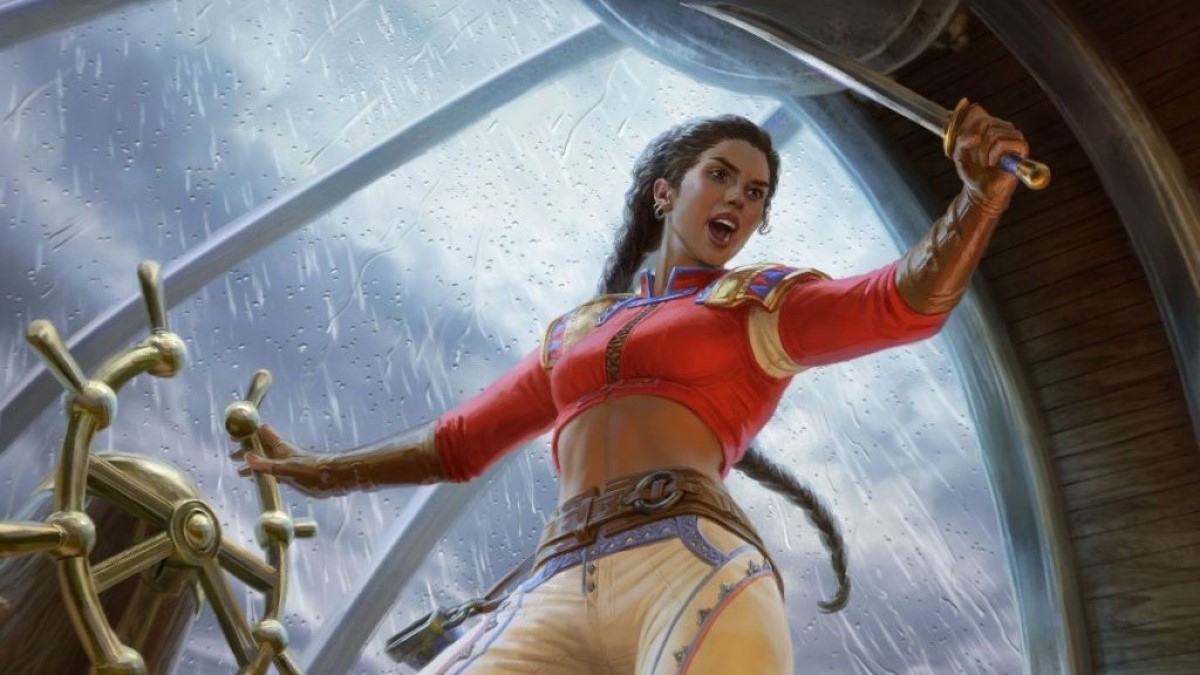
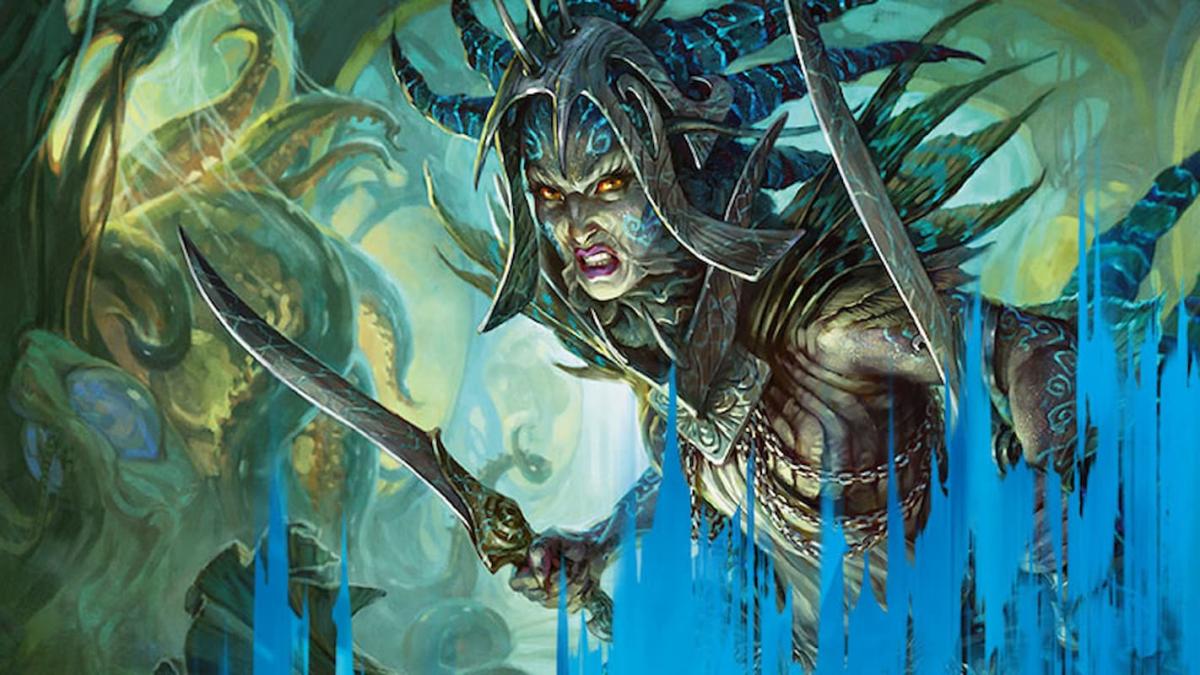
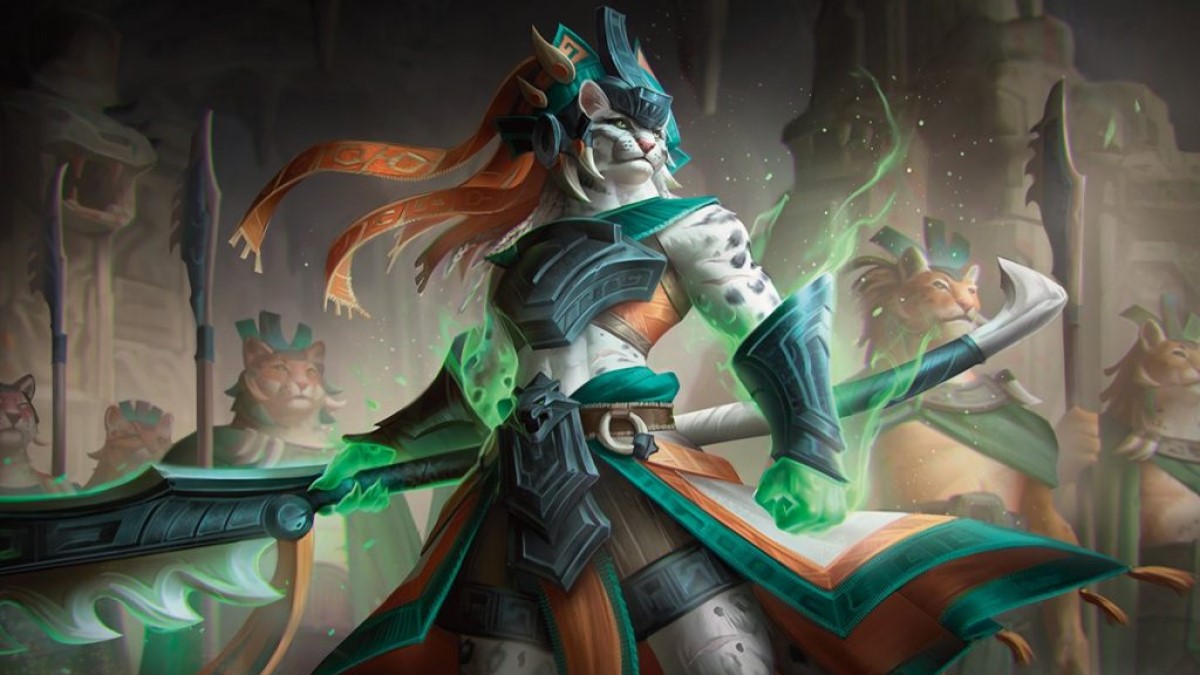
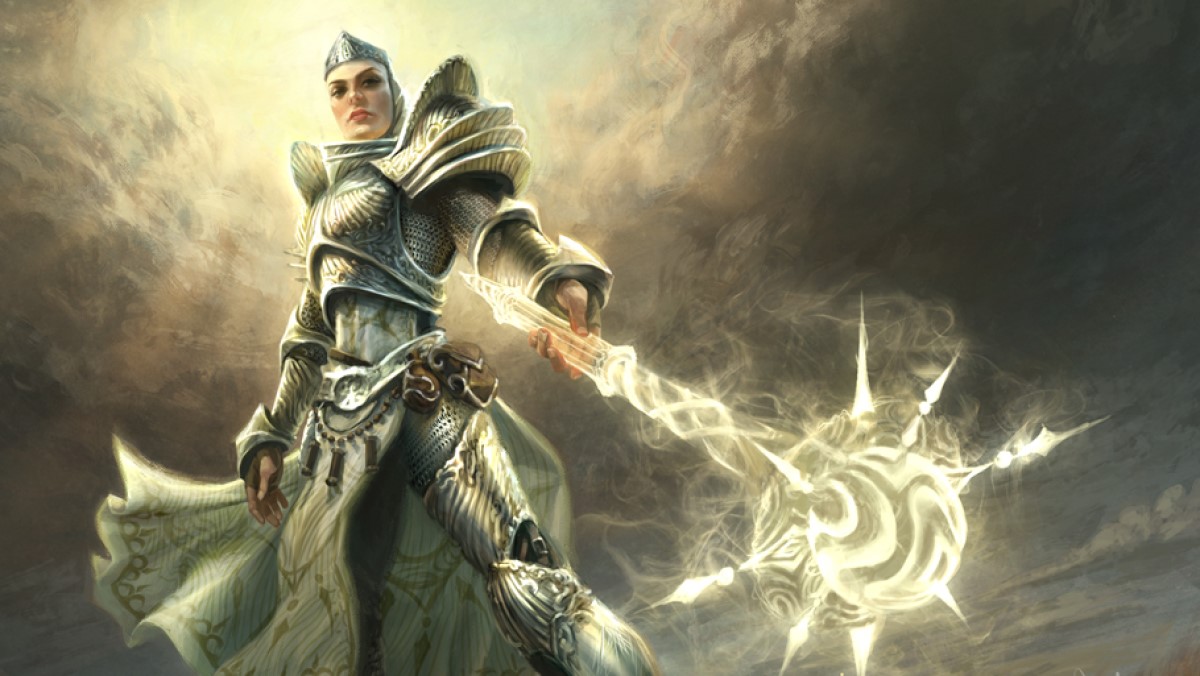

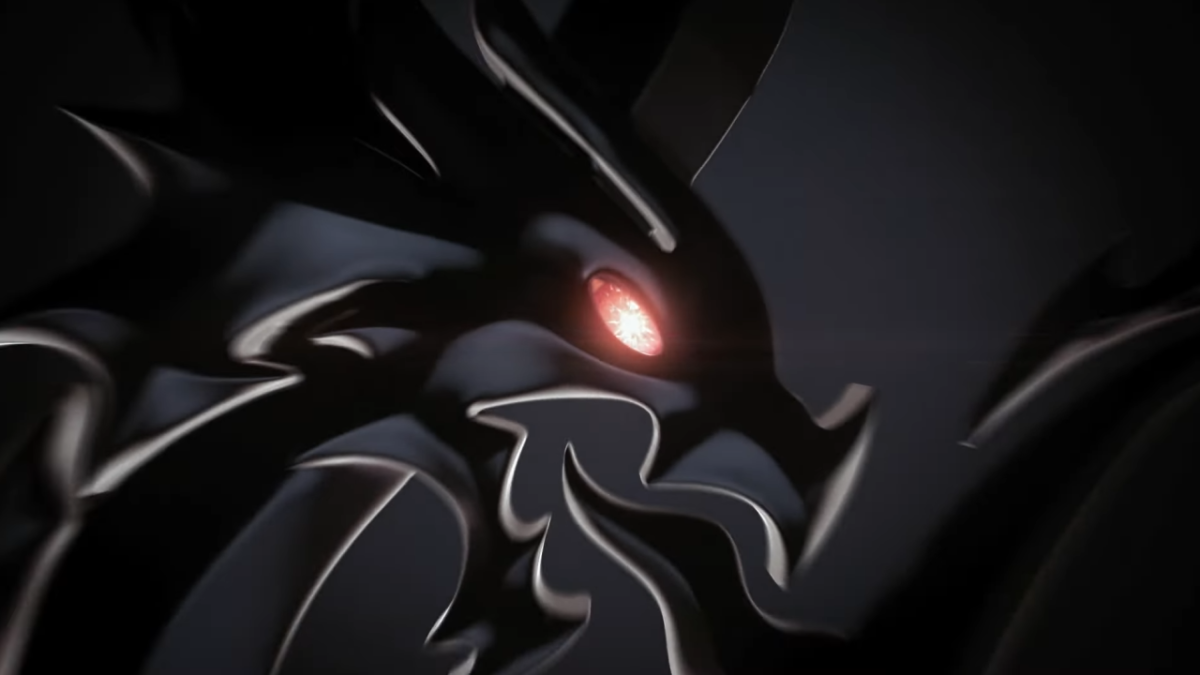


Published: Sep 9, 2023 10:33 pm